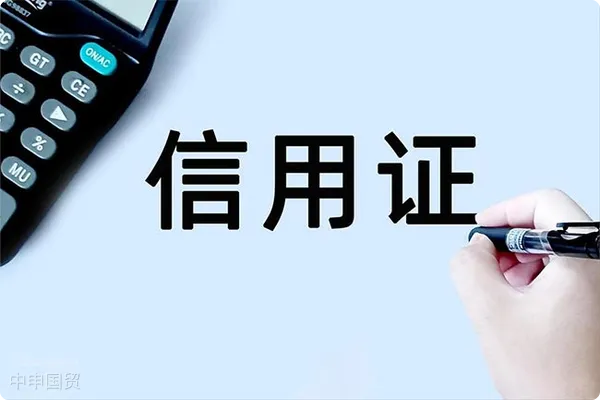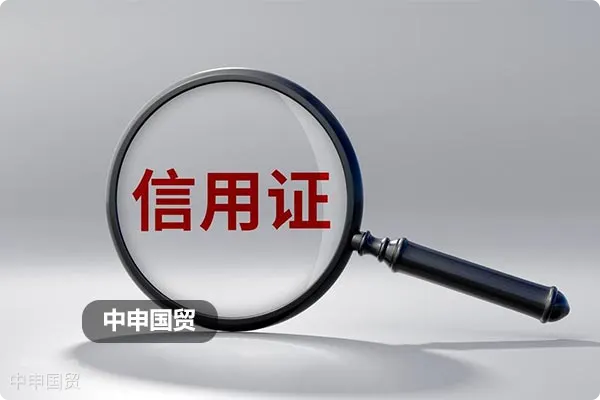- Shanghai Zhongshen International Trade Co., Ltd. - Two decades of trade agency expertise.
- Service Hotline: 139 1787 2118
In international trade, the use ofL/C(LC) is one of the common ways to protect the interests of both parties. As a payment tool, a letter of credit ensures that the seller is paid when the terms and conditions of the letter of credit are met, and also ensures that the buyer pays after receiving qualified goods. However, the terms and conditions of a letter of credit can be customized according to the specific needs of both parties, which brings various possible forms of letters of credit, including red clause letters of credit and clean letters of credit. This article will delve into a special use case of letters of credit - letters of credit payable against invoice (FP) only, including its feasibility, operation methods, and regulatory requirements.

Declare the brand name
A letter of credit is a letter issued by the buyers bank (the issuing bank) promising to pay the seller when the seller submits compliant documents. It operates based on the following basic principles:
Principle of Independence:The payment obligation of a letter of credit is independent of the underlying contract and is based solely on the terms and conditions of the letter of credit itself.
Principle of Documentary:The payment of a letter of credit is based on documents rather than the goods themselves. That is, the bank only examines whether the submitted documents comply with the terms of the letter of credit, without involving the actual situation of the goods.
II. Types and Operations of Special Letters of Credit
Red Clause Letter of Credit
A red clause letter of credit allows the seller to obtain a partial advance payment before the shipment of goods. This advance payment arrangement is specifically stated in the letter of credit and usually requires the seller to provide certain guarantees or bank guarantees.
Operation Method:Under a red clause letter of credit, the seller can request the bank to pay the advance payment after submitting some pre - agreed documents (such as invoices). These documents usually do not include transport documents but may include a letter of commitment issued by the seller stating that the goods will be shipped in accordance with the terms of the letter of credit and complete documents will be submitted subsequently.
Clean Letter of Credit (or Standby Letter of Credit)
A clean letter of credit is mainly used as a guarantee of payment rather than for direct payment. It is usually used to ensure the performance of other terms of the contract. If the buyer fails to pay as scheduled, the seller can claim against the bank with the clean letter of credit.
Operation Method:A clean letter of credit may allow the seller to request the bank to pay the balance under specific conditions, such as submitting documents proving the occurrence of the sale, such as invoices, instead of traditional shipping documents.
III. Regulatory Requirements and Practical Operations
In actual operations, especially in Chinas export trade, there are strict regulatory requirements:
Regulatory Requirements:Chinas export regulations require that the payment for exported goods must be based on transport documents to ensure the actual export of goods. This means that obtaining the balance solely based on invoices without a bill of lading or other shipping certificates may not comply with these regulatory requirements.
Feasibility Analysis:Although the letter of credit arrangement proposed by the customer (i.e., 30% advance payment and the remaining balance payable against invoice) is theoretically feasible, it requires the joint cooperation of the buyer, the seller, the issuing bank, and the laws and regulations of the sellers country. For the seller, the key is to assess the risks of such operations and ensure that they do not violate the export - related laws and regulations of their own country.
Risk Management:The seller should communicate closely with the issuing bank to clarify whether the terms of the letter of credit comply with the laws and regulations of the exporting country. At the same time, the seller should also consider the risk of not receiving the balance on time.
Although the letter of credit payment plan proposed by the customer may be feasible under certain conditions, it involves various risks and compliance considerations. Before accepting such a payment arrangement, the seller must conduct a thorough risk assessment and ensure that all operations meet the requirements of relevant laws and regulations. In addition, close cooperation with banks and legal advisors is crucial in such transactions to ensure the smooth progress of the transaction and protect their own interests from damage. Finding flexible payment solutions in international trade is the norm, but it is necessary to ensure the legality and practical operability of these solutions.
Related Recommendations
? 2025. All Rights Reserved. Shanghai ICP No. 2023007705-2  PSB Record: Shanghai No.31011502009912
PSB Record: Shanghai No.31011502009912









